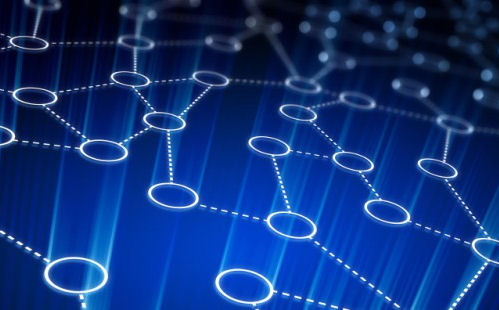“Learning is any process by which a system improves performance from experience.” Source: Herbert Simon, Nobel Economist
As to Machine to Machine Learning (M2M) it is widely accepted in both data and IT communities that this field of computation had its genesis though the efforts of Mr. Aurthur Lee Samuel while he was at IBM and then at Stanford University. But, what is Machine to Machine Learning (M2M)? Well, that’s how search engines learn the meaning and intent of published web pages and web sites. M2M is the technology that underpins what’s grown to be known as the Semantic Web, led by interpretation (Artificial Intelligence — AI; see ‘Advancing our Ambition to Democratize Artificial Intelligence‘) technologies such as Google’s TensorFlow coupled with RankBrain, both of which have spawned the new Google Assistant; Microsoft’s New Experiences and Technologies (NExT), tied to the Microsoft Concept Graph, as delivered by Bing.com and Cortana; and by industry-specific/enterprise M2M platforms such as Torch, Tractica and Theano. Lastly, there are open-source M2M AI solutions, notably OpenAI, funded by Tesla‘s Elon Mush and Sam Altman8, and FaceBook‘s open-sourced Open Compute Big Sur machine learning platform. Lastly, there is the W3C IoT Web of Things Schema.org Community working group that’s free to join.
One key element to Machine to Machine Learning, on the Web, began in 2011 with the introduction of Schema.org, a Web-standards collaboration among Google, Bing, Yahoo and Yandex in the form of Schema.org (e.g., see the attributes and entities associated with Thing as an example). Additionally, Google has built an IoT online resource, its Internet of Things Guides site, as have Microsoft, Verizon (ThingSpace), Nokia, Samsung and others.
The Gartner Group projects that by the end of this year 6.4 billion devices will be “connected things”. And, with the enormous push by Google with its Google Home product, Caliber Media Group, a leading digital marketing agency, anticipates that the number of “things connected on the Internet will actually be much larger, for device interconnectivity. Also, for those who’ve used Google Home’s Google Assistant, there will be a great increase in Machine to Machine Learning — as demonstrated by all of the connected devices and applications in this demonstration of Google Home.
What’s in the future for IoT and M2M? Well, the Information Technology and Innovation Foundation’s Center for Data Innovation (ITIF) shed light, earlier this year, on the creation of the DIGIT Internet of Things Act, a bipartisan bill in the U.S. Senate which will create an IoT and M2M working group to accelerate the adoption rates throughout the U.S. Government for Internet of Things and Machine-to-Machine technologies.
